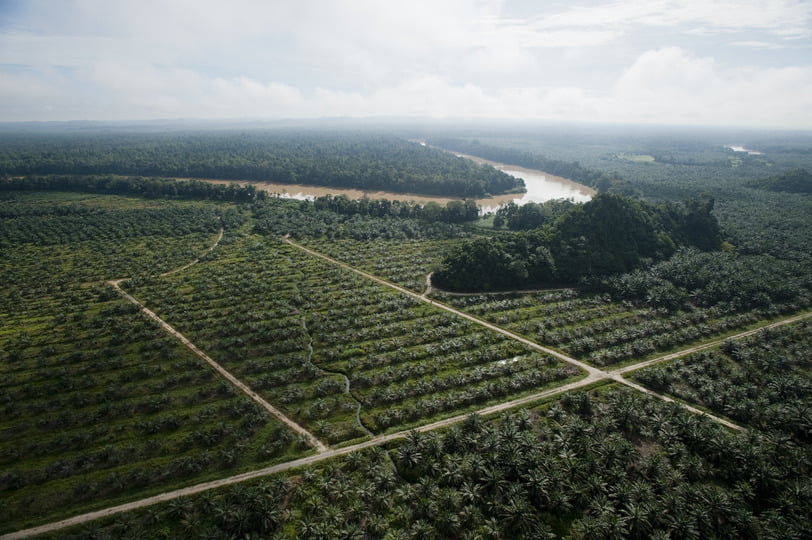The impact of land conversion and fragmentation on the predator-prey relationships in the Lower Kinabatangan Wildlife Sanctuary
About
Project Leader: Prof Benoit Goossens
Project Coordinator: Dr Macarena Constanza Gonzalez Abarzua
Collaborators: Sabah Wildlife Department, Universiti Malaysia Sabah, Hillco & Pendirosa Oil Palm Estates, Bornean Sun Bear Conservation Centre, University of California, Berkeley & KOPEL Bhd
Sponsors: Ocean Park Conservation Foundation, Hong Kong, National Geographic, Sime Darby Foundation & Danau Girang Field Centre
Status: Completed
Focal Species:
Malay civet (Viverra tangalunga)- IUCN status: Least Concern
Sunda clouded leopard (Neofelis diardi) – IUCN status: Vulnerable
Sun bear (Helarctos malayanus) – IUCN status: Vulnerable
Bearded pig (Sus barbatus) – IUCN status: Near threatened
Flat-headed cat (Prionailurus planiceps) – IUCN status: Endangered
Malaysia is considered a deforestation hotspot, and approximately 94% of the deforestation is caused by the conversion of forests into oil palm plantations (OPP). This landscape alteration constantly threatens wildlife as their suitable habitat continues to decrease.
This project aims to understand how predators (especially carnivores) and their prey move through a degraded and fragmented forest like the Kinabatangan Wildlife Sanctuary (LKWS).
To understand each species for its conservation needs, each of the focal species was studied separately under the same research goal. Assessing their movements (distribution range, home range and use of corridors) and activity patterns in different habitat types would help us understand the requirements of each species. These requirements would then allow us to develop conservation strategies to protect these species, the forest patches and wildlife corridors. Furthermore, it would help to improve the existing wildlife corridors so viable large carnivores and their prey populations can persist over time. All the results were incorporated into the management plans of the area.
We used GPS collars to track the movements of clouded leopards, civets, leopard cats and bearded pigs. The advantage of using GPS collars relies on the number of location points you get per day and their precision, without disturbing the animal regularly. Also, it is often the more feasible way to study the movement patterns of animals with large home ranges.
Many species do not occur in high densities in the LKWS, and some are very difficult to encounter (for example, the flat-headed cat and the sun bear). As these animals are so elusive, we used camera traps to study them. Camera traps provide the opportunity to study animals without human disturbance and can be used for long periods of time, making it the ideal research tool for these elusive species.
Using these methods, we gained a better insight into how the rapid landscape alterations are impacting the local predator and prey populations (distribution, fitness and behaviour). Using the GPS and camera trap data gathered, we were also able to predict how habitat fragmentation alters animal movement patterns and behaviour and infer the habitat types and sizes that are more suitable for each species.
Our projects always work towards reaching a compromise between development and species conservation, as well as emphasising local capacity building and encouraging and providing local students with research and training opportunities.

©DGFC

